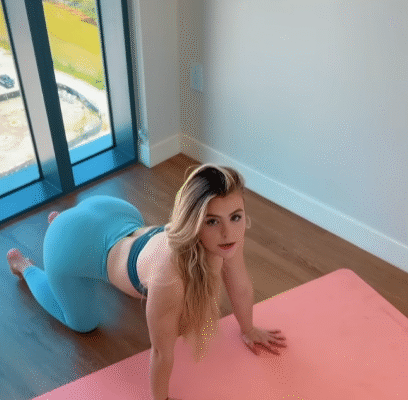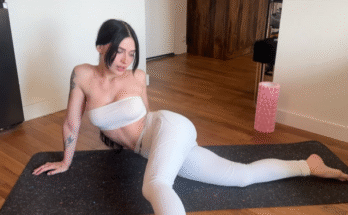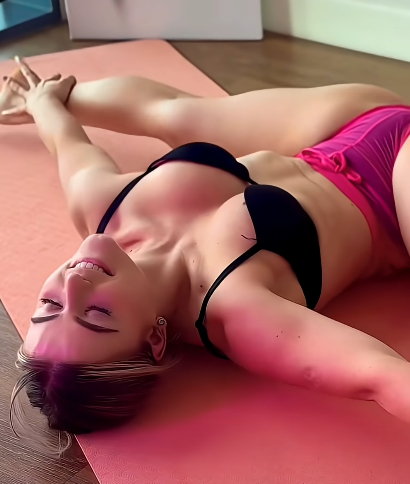
There’s something both exciting and intimidating about the idea of balancing upside down. For me, working on my handstand has become more than just a physical challenge—it’s a journey of patience, strength, and self-discovery. A handstand might look simple from the outside, just balancing on your hands, but the truth is, it takes a lot of coordination, courage, and discipline. Every training session brings new lessons, and every little progress feels like a victory.
Why I Decided to Work on My Handstand
At first, I wanted to do a handstand just because it looked cool. I’d scroll through social media and see athletes, yogis, and even dancers kicking up into perfect handstands with ease. It looked effortless, graceful, and strong. But when I first tried it myself, I realized how wrong I was to think it was easy. My arms shook, my balance was all over the place, and fear rushed through me as soon as my legs started going over my head.
That moment of fear showed me something important: this wasn’t just about strength, it was about trust—trust in my body and trust in the process. From then on, I decided that working on my handstand wasn’t just a physical challenge but a personal mission.
Building Strength First
When I first started, I didn’t jump right into trying to hold a handstand. I knew my body wasn’t ready. Handstands require strong shoulders, a solid core, and steady wrists. So I began with strength-building exercises.
Push-ups, planks, shoulder taps, and hollow body holds became part of my daily routine. These exercises built the foundation I needed. At first, holding a plank for even one minute felt impossible, but as the days went by, I noticed improvement. My shoulders grew stronger, my arms steadier, and my core tighter.
It’s amazing how much of a handstand relies on the core. Without a strong core, the body bends like a banana, and balance slips away. So, I dedicated time to hollow body practice, leg raises, and slow controlled movements. Each exercise felt like a brick laid in the foundation of my handstand journey.
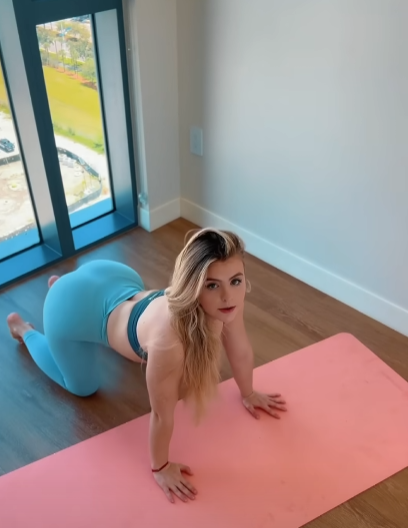
Overcoming the Fear
One of the biggest challenges wasn’t strength—it was fear. The fear of falling held me back more than weak arms or wobbly balance. The moment I kicked my legs higher, I felt panic. What if I fell backward? What if I landed on my head?
To overcome this, I practiced against a wall. The wall became my best training partner. I’d kick up with confidence, knowing the wall was there to catch me. At first, I slammed into it clumsily, but with time, I learned control. The wall taught me how it felt to be upside down without the fear of crashing.
Slowly, I practiced taking my feet off the wall for just a second at a time, learning to balance. Those seconds turned into longer holds. I also learned how to fall safely—by rolling out or cartwheeling to the side. Once I understood falling wasn’t as scary as I imagined, the fear began to fade.
The Role of Consistency
Handstands aren’t mastered overnight. If I practiced once a week, I wouldn’t improve much. But by making it a regular habit, I started to see small but steady progress.
Some days felt amazing—I’d hold a handstand for a few seconds without touching the wall, and the excitement made me want to practice for hours. Other days were frustrating—I couldn’t balance at all, and it felt like I had gone backward.
But I reminded myself: progress isn’t linear. Every attempt teaches something, even the messy ones. By showing up consistently, I kept moving forward, even if the progress was invisible on some days.

Body Awareness and Alignment
One of the biggest lessons I learned while working on my handstand was about body awareness. When we stand on our feet, balance comes naturally. But upside down, every little movement matters.
I discovered that keeping a straight line—from wrists to shoulders to hips to toes—makes balancing easier. My coach once told me, “Stack your bones, don’t fight with your muscles.” That advice stuck with me. Instead of muscling through every hold, I focused on alignment.
I practiced engaging my core, squeezing my glutes, and pointing my toes. I worked on pressing the ground with my hands, keeping my arms straight, and pulling my ribs in. All these small adjustments added up to better balance.
Patience and Mindset
Perhaps the greatest lesson of all has been patience. I used to get frustrated when I couldn’t hold a handstand after weeks of practice. But I’ve come to realize, mastery takes time. Some people spend months, even years, before they can confidently hold a handstand in the middle of the room.
Instead of rushing, I started to enjoy the process. Each practice session wasn’t about nailing the perfect handstand, but about improving bit by bit. Even if I only held it for one second longer than last week, it was a victory.
Handstands also became a form of meditation for me. Being upside down requires focus—you can’t think about work, worries, or distractions. For those few moments, my mind is quiet, fully present in the balance.
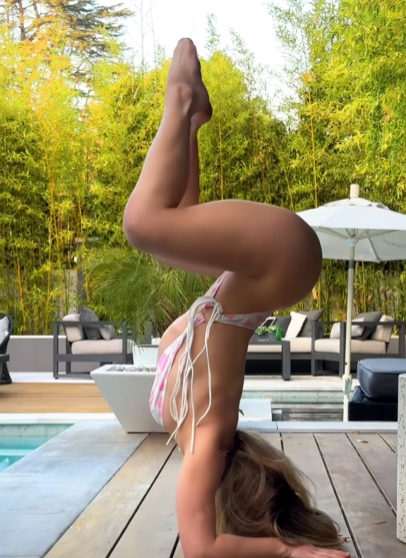
Breakthrough Moments
There are a few moments in my journey that felt like big breakthroughs.
The first was the day I held a handstand without the wall for two seconds. It might not sound like much, but it felt like flying. My body finally understood the balance point.
Another breakthrough was learning to kick up lightly, instead of throwing my legs over with force. I realized control was more important than momentum. The softer I kicked, the easier it was to find balance.
And then came the day I held a handstand for almost ten seconds. It felt surreal. My arms shook, my core burned, but I was there—floating upside down, balanced and strong.
What Handstands Have Taught Me About Life
Working on my handstand has taught me more than just how to balance on my hands. It has taught me resilience—because every fall is just a chance to try again. It has taught me discipline—because progress only comes from consistent effort. And it has taught me courage—because sometimes you have to face fear head-on to grow.
Life, like a handstand, isn’t always steady. We wobble, we fall, and we get back up. The important thing is to keep practicing, keep showing up, and keep believing in ourselves.

Looking Forward
I’m still far from mastering the handstand. There are so many variations I want to try: press handstands, handstand walking, and eventually one-arm handstands. But I know it will take time. The journey is long, but I’ve fallen in love with it.
Every training session reminds me of how far I’ve come. From being afraid to even kick up, to holding for several seconds, I’ve already grown so much. And I know if I keep working, one day I’ll float in a handstand with ease, just like those people I once admired.
Until then, I’ll keep practicing. Falling, learning, and trying again. Because working on my handstand isn’t just about the skill—it’s about the strength, patience, and joy I find along the way.
